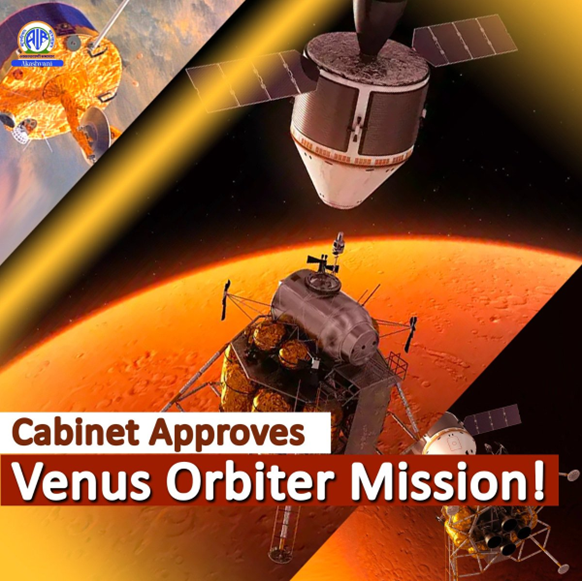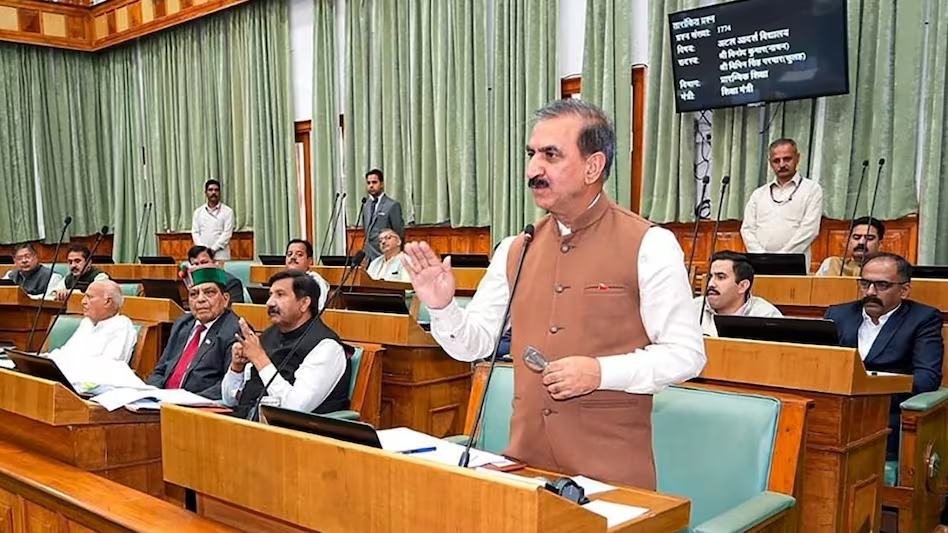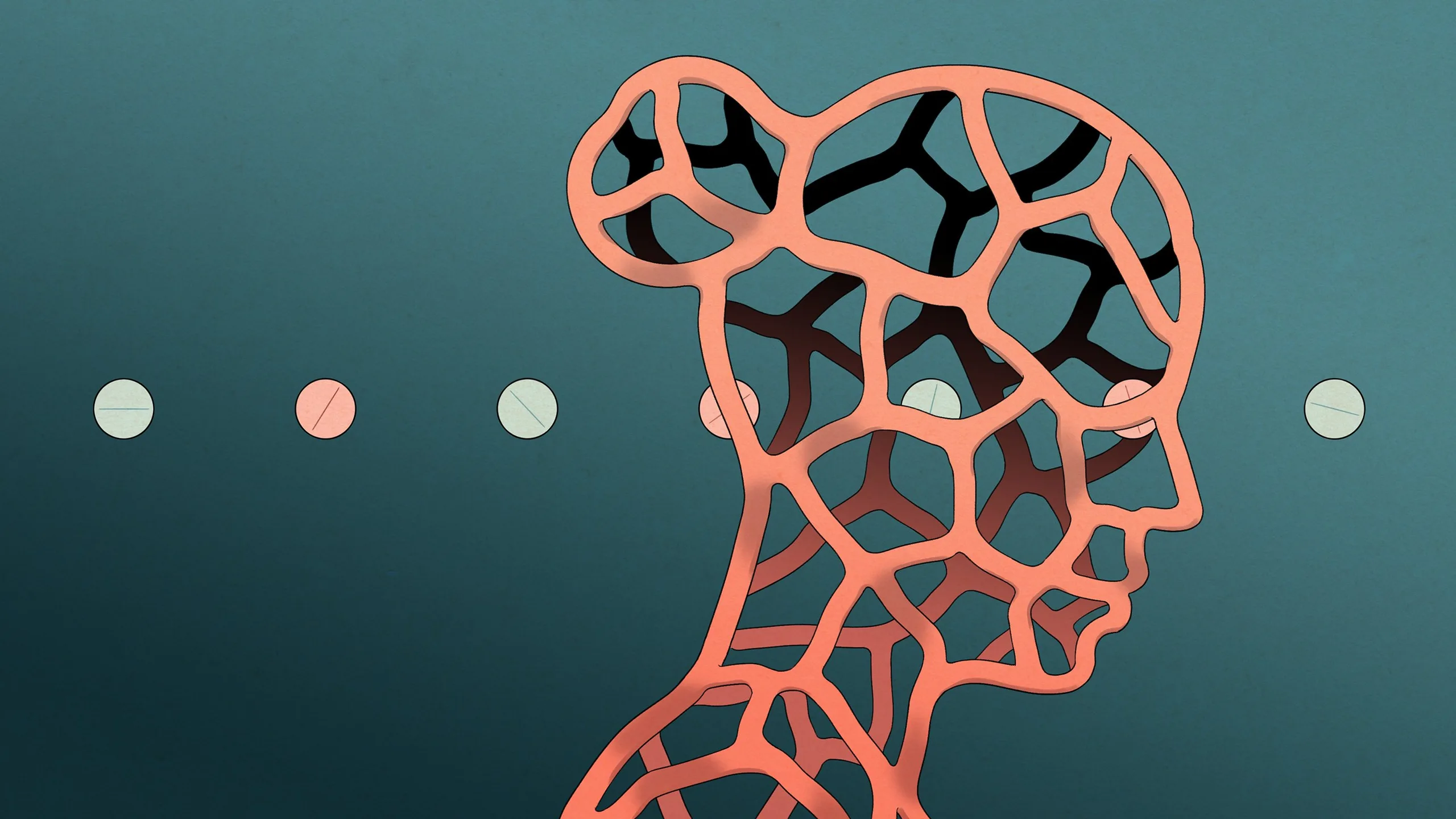- Courses
- GS Full Course 1 Year
- GS Full Course 2 Year
- GS Full Course 3 Year
- GS Full Course Till Selection
- Answer Alpha: Mains 2025 Mentorship
- MEP (Mains Enrichment Programme) Data, Facts
- Essay Target – 150+ Marks
- Online Program
- GS Recorded Course
- Polity
- Geography
- Economy
- Ancient, Medieval and Art & Culture AMAC
- Modern India, Post Independence & World History
- Environment
- Governance
- Science & Technology
- International Relations and Internal Security
- Disaster Management
- Ethics
- NCERT Current Affairs
- Indian Society and Social Issue
- NCERT- Science and Technology
- NCERT - Geography
- NCERT - Ancient History
- NCERT- World History
- NCERT Modern History
- CSAT
- 5 LAYERED ARJUNA Mentorship
- Public Administration Optional
- ABOUT US
- OUR TOPPERS
- TEST SERIES
- FREE STUDY MATERIAL
- VIDEOS
- CONTACT US
India To Launch Its First Mission To Venus In 2028
India To Launch Its First Mission To Venus In 2028

The Union Cabinet recently approved India's 1st mission to Venus, which is slated for launch in March 2028. This mission will be India’s 2nd interplanetary effort, following the successful Mars Orbiter Mission launched in 2013.
Mission Objectives:
The primary goals of the Venus mission include:
- Orbital Study: The mission aims to conduct comprehensive studies of Venus from orbit, examining its surface and subsurface features, atmospheric conditions, and ionospheric interactions with solar activity.
- Scientific Payloads: The spacecraft will carry a range of scientific instruments developed both in India and by international partners to gather data on various aspects of the planet.
Importance of Studying Venus:
- Earth’s Twin: Venus is often referred to as Earth's twin due to its similar mass, density, and size. Understanding Venus could provide crucial insights into the Earth’s formation and evolution.
- Water History: Venus is believed to have once had water, which has since evaporated, leading to its current dry state. This transformation is critical for understanding planetary climates and atmospheres.
Extreme Conditions:
- High Surface Temperature: With surface temperatures averaging around 462°C, Venus is hotter than Mercury, the closest planet to the Sun. This extreme heat is attributed to a runaway greenhouse effect.
- Atmospheric Pressure: The pressure on Venus is about 90 times that of Earth's, similar to the pressure experienced at great ocean depths.
- Atmospheric Composition: The atmosphere is primarily composed of 96.5% carbon dioxide, with clouds containing sulfuric acid, creating a hostile environment.
- Slow Rotation: A day on Venus (one full rotation) takes approximately 243 Earth days, significantly longer than a year on Venus, which is about 225 Earth days.
Mission Details:
- Launch Timeline: The mission, originally planned for 2023, is now set for March 2028 to align with optimal planetary positions.
- Payload Weight: The spacecraft will carry approximately 100 kg of scientific instruments to conduct experiments and gather data.
- Travel Path: The satellite will utilize Earth's orbit to gain speed, slingshot towards Venus, and take around 140 days to reach the planet.
Aero-braking Technique:
- Initial Orbit: The satellite will enter a highly elliptical orbit (500 km x 60,000 km) around Venus.
- Descent Mechanism: To enter a lower, more effective orbit (300 x 300 km or 200 x 600 km), the satellite will use a technique called aero-braking. This involves skimming the upper atmosphere of Venus to create drag, allowing the spacecraft to slow down and lower its orbit.
- Careful Navigation: The altitude at which the satellite skims must be meticulously calculated. Too deep, and it risks burning up; too shallow, and the descent will take too long. The process is expected to last around six months.
Scientific Payloads:
The mission will feature a variety of scientific experiments, including:
- Synthetic Aperture Radar: This will be used for imaging the surface of Venus, helping to map its topography and geological features.
- Thermal Camera: To measure temperature variations and understand surface composition.
- Interplanetary Dust Studies: An experiment aimed at studying dust particles that may influence atmospheric conditions.
- High-Energy Particle Analysis: This payload will investigate high-energy particles that enter Venus's atmosphere, affecting its ionization levels.
- Atmospheric Composition Studies: Assessing the structure, variability, and thermal state of the Venusian atmosphere.
Global Context:
- Historical Missions: Numerous missions have explored Venus, including those by the USA, the USSR, Japan, and the European Space Agency (ESA). These missions have provided foundational knowledge about the planet.
- Upcoming Missions: The USA plans two missions, DaVinci in 2029 and Veritas in 2031, while ESA has the EnVision mission scheduled for 2030. These missions aim to further our understanding of Venus and its complexities.
Conclusion:
India's mission to Venus represents a significant milestone in space exploration, showcasing ISRO's capabilities in interplanetary research. By studying Venus, scientists hope to gain insights into planetary processes, climate evolution, and potentially draw parallels to Earth's history. The mission will not only contribute valuable data to the scientific community but also strengthen India’s position in global space exploration initiatives.
Must Check: Best IAS Coaching In Delhi
UPSC Prelims Result 2024 Out: Expected Cut Off & Other Details, UPSC Prelims 2024 Answer with Explanation, Daily Prelims Quiz, Daily Current Affairs, MONTHLY CURRENT AFFAIRS TOTAL (CAT) MAGAZINE, Best IAS Coaching Institute in Karol Bagh, Best IAS Coaching Institute in Delhi, Daily Mains Question Answer Practice, ENSURE IAS UPSC Toppers, UPSC Toppers Marksheet, Previous Year Interview Questions, UPSC Syllabus




